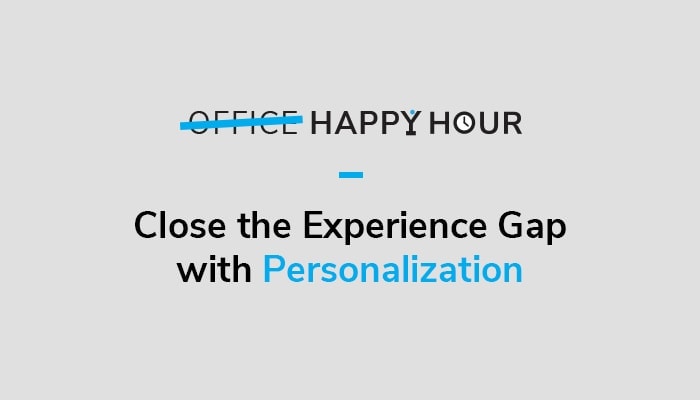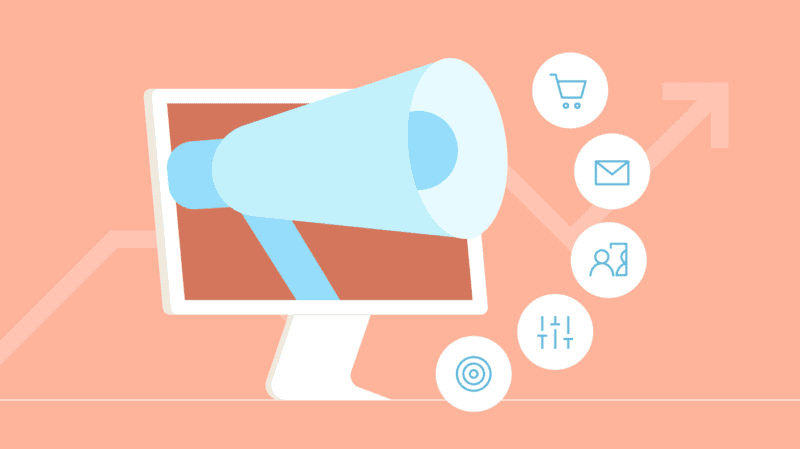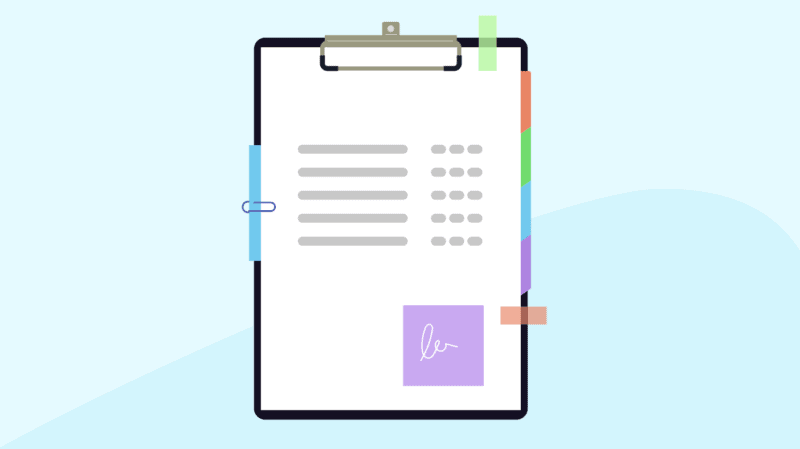Close the CX Gap with Proven Personalization Capabilities

In each episode of the ActionIQ Happy Hour, James Meyers, ActionIQ’s director of product strategy, and Ryan Greene, head of product marketing, sit down at the end of their work day for a discussion on the hottest martech topics. In this edition, with tasty beverages in hand, they discuss a topic that has obsessed both of them for years: personalization capabilities and why they are vital to close what they call the “Experience Gap” or CX gap.
Watch the 30 second teaser clip now
Below are highlights from their 30-minute conversation, but we think you should listen to these guys for yourself. They have a fantastic way of bringing big, abstract ideas down to the earth in a way that makes them not only clear, but also actionable.
Close the Experience Gap with Proven Personalization Capabilities
Defining Personalization and the CX Gap
James and Ryan share a very clear vision of personalization. Personalization, in their view, should be about, “helping individual customers and making their life easier, whatever job, goal, or task they are trying to achieve,” says James. And that includes any interaction with the brand—in-store, on a website, or via marketing messages, etc.
The business value of personalization is well-established, they say. Personalized campaigns regularly achieve at least 10-25% lift—and frequently as much as 100%, according to statistics quoted by James.
Those kinds of results are great, but also critical in the age of the Experience Gap. More specifically, the cost of acquiring new customers is on the rise—by some estimates, 25% per year—but lifetime customer value (LCV) remains relatively flat. At this rate, acquisitions costs will soon outstrip lifetime customer value (LCV)—obviously an untenable situation for any brand.
That’s where personalization capabilities come in. It is a demonstrated way to grow LCV and close that Experience Gap.
Know Where to Start—and Avoid the Hype
When most people think of personalization at scale, they imagine a huge, multi-year project—wrangling petabytes of data, building sophisticated analytics, etc. Only at the end of that long, expensive process will they be able to deliver more personalized experiences.
Ryan and James offer a totally different approach—both practical and incremental.
“Begin by asking yourself what are the current pain points, the friction, inefficiencies or confusion your customers are now facing,” Ryan says.
Rather than boiling the ocean, you can then set about building personalization capabilities that address those very specific challenges. And by starting incrementally, you can create small wins and gain organizational momentum to tackle more and more use cases.
Prioritize Data Agility
By adopting this incremental, test-and-learn approach, you avoid the need for a single, massive, high-risk project, in which you predict every possible use case you think you’ll need, and then wrangle every single type of data—all ahead of time.
The problem is, the rate of change in the competitive landscape across industries has never been higher, and it is impossible to predict every kind of personalized experience your customers are going to want six months, a year or two years down the road.
The smarter goal, they argue, is to adopt “data agility”—the ability for marketing to access and interact with customer data on their own, build new customer attributes on the fly, and have instant access to all that powerful, underlying granular data.
This is exactly what a data-first, purpose-built CDP like ActionIQ provides. With such a solution, “you can solve for today, but also ensure long-term agility to tackle future use cases as soon as opportunities arise,” says Ryan.
In addition to these issues, James and Ryan also discuss:
- Hype and reality around AI and ML—and why taking a customized algorithm approach can provide better results and explainability than black-box algorithms that don’t incorporate the nuances of your customers, nor provide explanations for the model’s outcomes.
- Federated vs. centralized decision-making—and why, in a multi-channel world, most personalization decisions should originate from a “centralized brain” rather than from, for example, the siloed channel level.
- The growth of best-in-breed martech strategy—as opposed to monolithic, single provider Marketing Cloud solutions.
- The continued growth of cloud computing—even for industries like banking and the public sector that traditionally have resisted cloud for security and privacy reasons.
Fill out the form below and watch the full webinar.
Watch On-Demand Now





